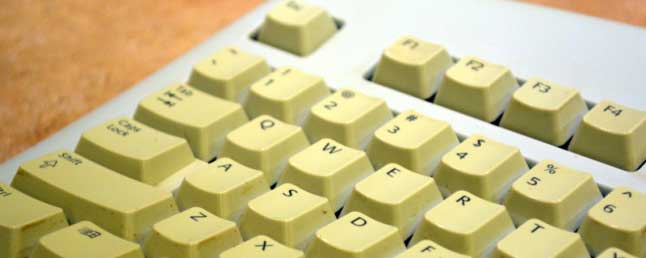
The Yellowness Index is an important factor to be tested in plastic industries. It is the degree of colour shifting from whiteness to Yellowness or from transparency to dark yellow. This may happen due to overexposure to damaging environmental conditions such as sunlight, dust, UV radiation, temperature etc. Other reasons include processing functions and the purity level of raw material.
The plastic material used for any application must be tested for its yellowness index prior to its use in production. This test will create important information regarding the quality of the product and to what extent it can survive the damaging conditions. Also, the manufacturer can see if their production or processing program is running well or not. For measuring the yellowness index of plastic, quality labs use a spectrophotometer device.
The TP 800 spectrophotometer by Testronix is designed to capture and calculate the yellowness in plastic material. The device is used widely in the polymer industry to test the purity, sustainability and degree of transparency. It uses an illumination system or optical geometry of 45/0 degrees. This testing instrument can easily provide an accurate colour-matching solution for the packaging industry.
It strictly adheres to global test standards and is designed as per DIN, CIE, ASTM and ISO standards. This will provide highly accurate lab testing results. It has an integrated sphere with having 58 mm diameter, which is considered to be the ideal setup for spectrophotometry.
The device is equipped with combined LED light sources for conducting ideal test conditions. This colour measurement testing instrument uses the highest sensing technology with a silicone photodiode array type sensor. It can capture a range of wavelengths from 400 to 700 nm. It has an 8mm aperture size for capturing the yellowness precisely.
Works with a wide range of colour spaces including – XYZ, CIE LAB, LCh, YXY, HunterLAB, and CIE LUV. This color measuring device is equipped with an HMI-based display screen which offers multiple features. Spectral Value can be accessed in graphical format. Color Difference comparison test data on single screen (also in Graphical format).
Yellowness index values or other colour measurement values are instantly shown on the screen of this lab testing equipment. PASS/FAIL criteria can be set easily and based on that results can be categorized. Color Simulation, and Color Offset feature is also available.
Has an ergonomic design which is light in weight and is highly portable. It is very easy to place the device on the plastic material. Users can take repeatable readings of one section to assure accuracy. The machine can even be calibrated automatically before conducting a colour measurement test. The calibration includes white and black calibration for the test specimen.
Now, let us discuss the importance of calculating the yellowness index of plastics.
The yellowness index is a standardized measurement used in the plastic industry to determine the level of yellow discoloration present in plastic materials. It is a crucial factor in quality control and product development as it provides valuable information about the material's colour stability and ageing process.
Moreover, many plastic applications require materials with specific colour properties, such as packaging for food or pharmaceuticals, where changes in colour can indicate potential degradation or contamination. In these cases, monitoring the yellowness index becomes even more critical as it can be an early indication of potential problems with the material.
Thus, it is important for the manufacturers to ensure colour consistency with a highly effective TP 800 spectrophotometer.
TP 800 is a portable spectrophotometer that has gained popularity in the plastics industry for its accuracy and efficiency in measuring the Yellowness Index (YI). The YI is an important quality control parameter for plastic products as it indicates their level of colour stability and can affect the overall appearance and perceived value of the product. In this section, we will discuss the benefits of using TP 800 specifically for measuring YI in plastics.
The first and most obvious benefit of using TP 800 for measuring YI in plastics is its accurate measurement capabilities. This portable spectrophotometer uses advanced technology to provide precise readings, ensuring that your YI values are reliable and consistent. It also has a wide spectral range from 400-700nm, allowing it to accurately measure even subtle changes in colour.
Time is money, especially in the fast-paced plastic industry. With TP 800, you can obtain results within seconds, making it a time-saving solution compared to traditional methods such as visual inspection or manual colour matching with colour chips. This allows for efficient quality control checks during production and helps to identify any issues early on before they become costly problems.
Another great benefit of TP 800 is its user-friendly interface. It comes with a large LCD screen that displays all necessary information clearly and intuitively, making it easy for anyone to operate without extensive training or technical knowledge.
If you need more information about this quality testing equipment, then you can give us a call at +91 9313 140 140 or email us at info@testronixinstruments.com. We will consult you regarding all your needs and queries.